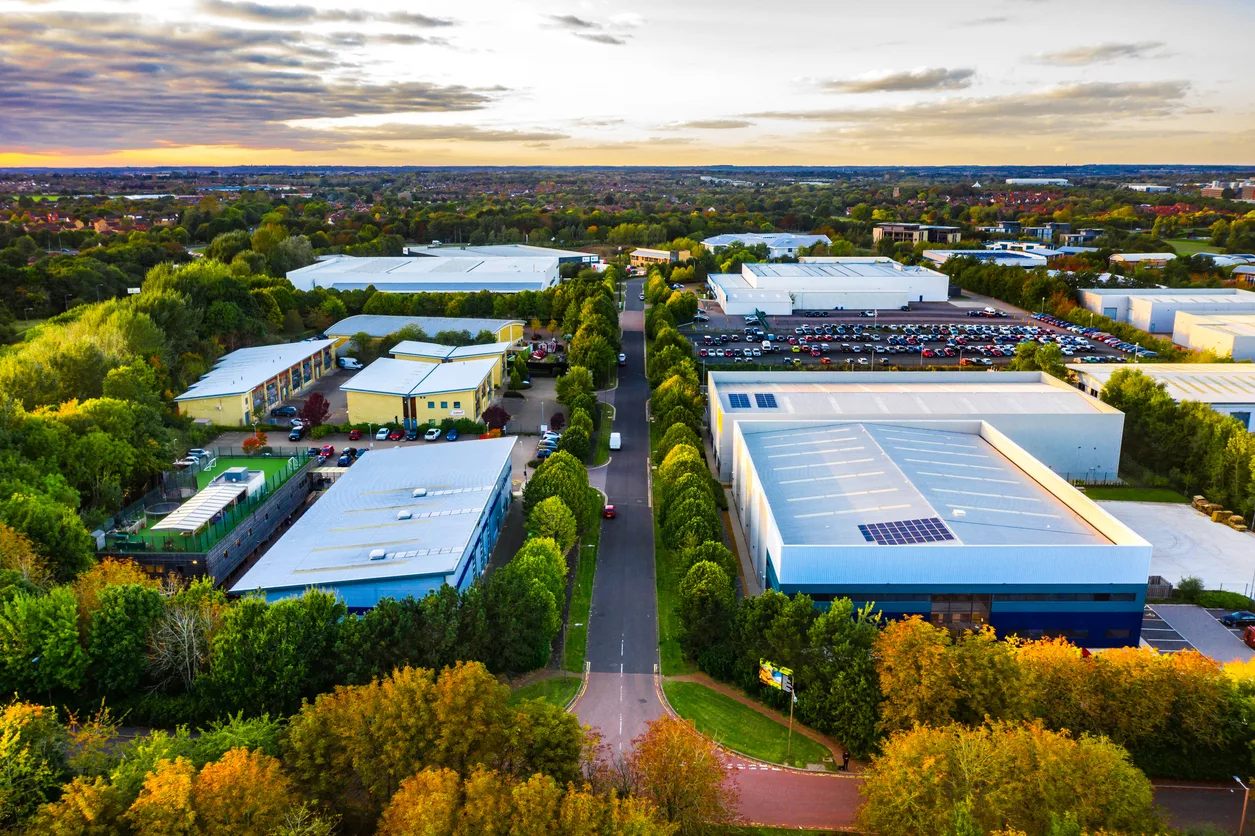Globalization and digital change demand company collaboration. This is vital for sustainable industrial competitiveness. Research from the University of Indonesia backs this. Firms in industrial ecosystems boost innovation and productivity. They see up to a 50% increase versus isolated companies. The Indonesian government promotes integrated industrial zones. This strategy speeds up national economic growth via business cooperation.
Industrial Estates as Business Ecosystems
Modern industrial estates are no longer merely production locations but have transformed into interconnected business ecosystems that support mutual growth. Being located within the same area allows companies from various sectors to leverage geographic proximity. By being in the same cluster, they can maximize their process of sharing resources, infrastructure, and knowledge. These interactions create an environment where collaboration is not only possible but becomes a natural part of day-to-day business operations.
In such ecosystems, companies can engage in both formal and informal collaborations—from joint ventures and R&D initiatives to knowledge exchange and coordinated logistics. This ecosystemic approach enhances the adaptive capacity of businesses in responding to market demands and technological shifts. Hence, this will increasing overall industrial resilience.
Benefits of Collaboration in Industrial Estates
Collaboration between companies in industrial estates offers several practical advantages, including:
- Cost Efficiency: Sharing facilities such as warehouses, transportation fleets, waste treatment, or utilities can significantly reduce operational costs. This makes it easier for small and medium enterprises (SMEs) to operate competitively alongside larger corporations.
- Increased Innovation: Synergies between companies from different fields foster new ideas and the development of improved products and processes. Cross-sectoral interactions often lead to breakthrough innovations that may not arise in isolated settings.
- Strengthened Supply Chain: Integrated production processes enhance timeliness, reduce bottlenecks, and improve product quality through closer coordination between suppliers, manufacturers, and distributors.
- Human Resource Development: Joint training programs, workshops, and upskilling initiatives within the estate can elevate the competence of the local workforce more efficiently, reducing recruitment costs and improving employee retention.
- Business Networking: Daily interactions within the estate foster long-term relationships that open up opportunities for business cooperation, co-marketing strategies, and even access to new markets.
Key Factors for Effective Collaboration
To ensure optimal collaboration within industrial estates, several key factors must be met:
- Proactive Estate Management: Estate managers should play an active role in facilitating collaboration by providing communication platforms, discussion forums, shared service centers, and regular networking events.
- Government Support: Incentive policies, tax breaks, ease of licensing, and integration of services such as customs, labor, and environmental permits help reduce bureaucratic hurdles and attract more companies to participate in collaborative activities.
- Digital Infrastructure: The implementation of modern IT systems enables better coordination through digital supply chain management, data sharing, and cloud-based collaborative tools.
- Collaborative Culture: Companies must adopt an open mindset and be willing to engage with other businesses. Trust-building and transparency are essential in fostering sustainable cooperation.
Realizing the Potential of Collaboration in Industrial Estates
Modern industrial estates are not just production centers but catalysts for collaboration that drive innovation, efficiency, and business growth. With active estate management, appropriate government policies, digital integration, and strong collaboration, companies can fully leverage the synergies.
For businesses aiming to thrive in an increasingly competitive and dynamic global market, choosing to operate within industrial estates that foster collaboration is not just beneficial; it is a strategic imperative that can define long-term success.

